
Russia’s aviation sector is buzzing with the bold claim of developing a sixth-generation fighter jet, the MiG-41, to replace the aging MiG-31 Foxhound. It is a dream steeped in legacy and ambition—a machine designed to fly at the edge of space, boasting Mach 4 to Mach 5 speeds, equipped with advanced weaponry such as lasers and hypersonic missiles.

This would make it an unparalleled titan in the realm of military aviation, potentially outpacing even the storied SR-71 Blackbird and the emerging SR-72 Darkstar.
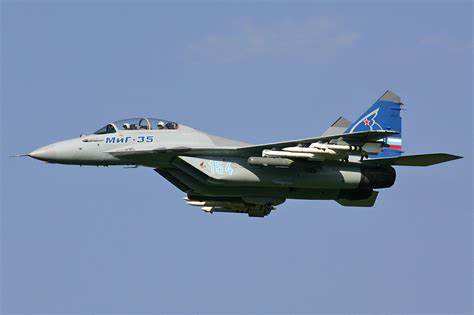
The MiG-41, codenamed PAK DP or “Prospective Air Complex for Long-range Interception,” has been in the works with its first flight slated for 2025 and operational capability targeted by 2030. The initial design reportedly nods at the formidable MiG-31, with enhancements to carry weapons internally and to ascend to stratospheric heights—flying at altitudes between the stratopause (45 km) and the tropopause (12 km).

However, the road to turning this fantastical interceptor into a tangible, flying behemoth is fraught with technological chasms and financial cliffs. The project, despite its apparent advancement, remains in the experimental stages.

Beyond the engineering challenges of building a frame that can withstand the colossal heat and friction of Mach 4+ speeds, the aircraft is tasked with the complex development of pulse-detonation engines—a domain that remains an enigma even to the most advanced aerospace industries.

Russia’s pursuit to push aviation boundaries with the MiG-41 does not stop with its supposed speed and altitude capabilities.
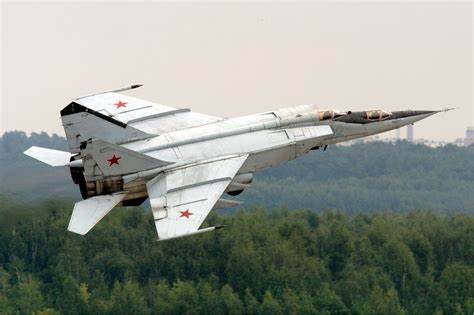
Ilya Tarasenko, the General-Director of the MiG Corporation, has hinted at a new platform design capable of combating hypersonic threats, operating at high altitudes, and even engaging targets in near space. Additionally, the aircraft aims to feature an EMP gun, a revolutionary non-kinetic weapon, and possibly transition to an unmanned version in the future.

The skepticism around the MiG-41 is not without grounds. A history of unfulfilled promises from the MiG Corporation and the ongoing financial and industrial strain—exacerbated by the war in Ukraine—raises doubt about the feasibility of such an ambitious program.

Despite claims of moving past the experimental design stage, the actual progress is shrouded in secrecy.
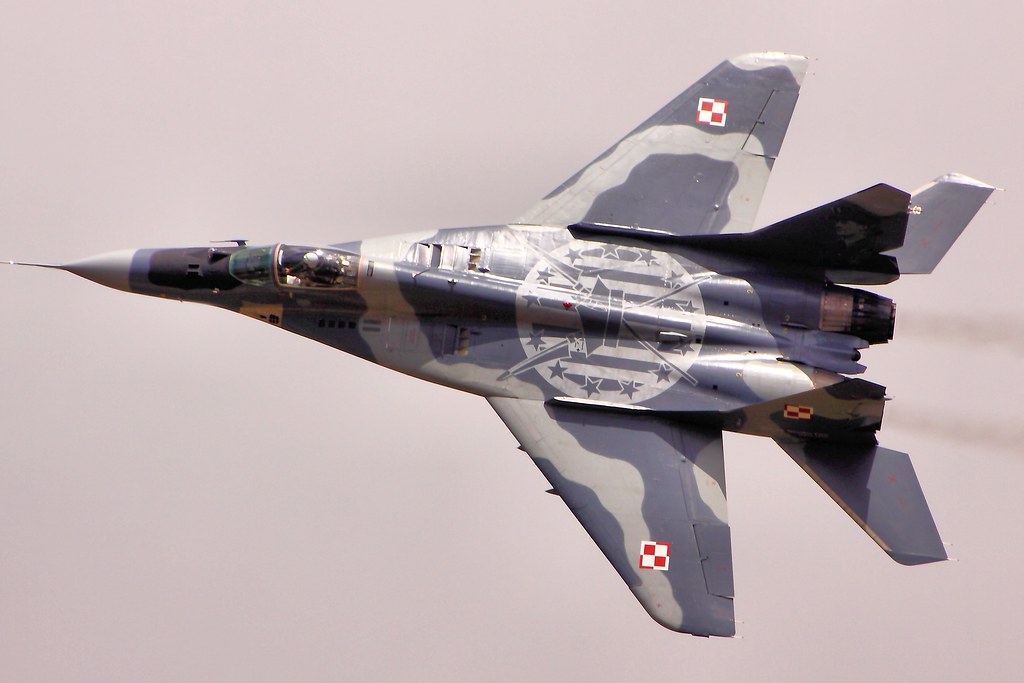
The hurdles of balancing stealth capabilities with the intense heat generated at high velocities, the development of weapons systems capable of functioning at unprecedented speeds, and the persistent question of monetary resources needed for such a venture remain unanswered.
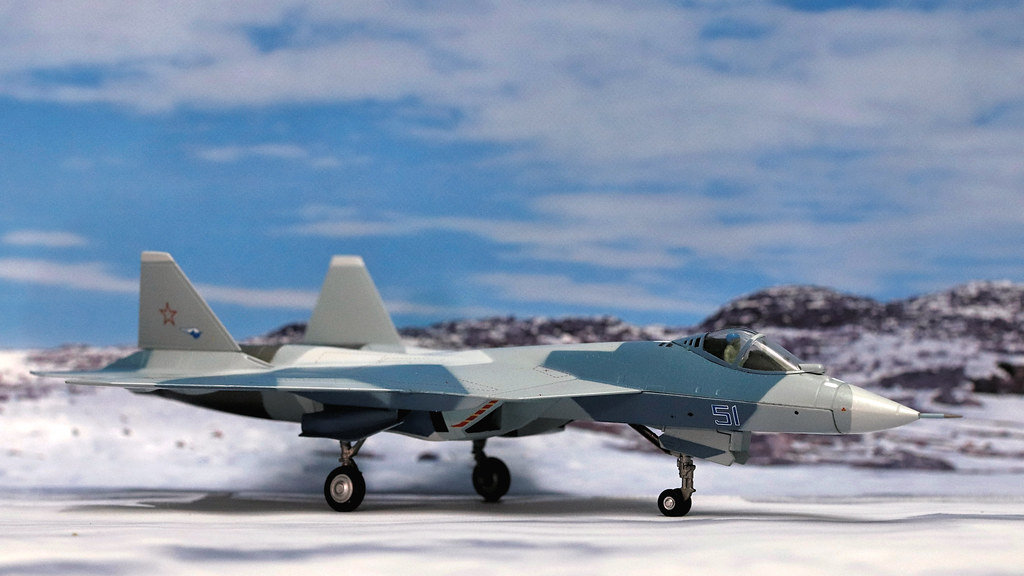
Some analysts have questioned the realism behind the MiG-41, pointing to the multitude of existing commitments such as the Su-57 and the Su-75, which have already stretched Russia’s aerospace industrial base thin.
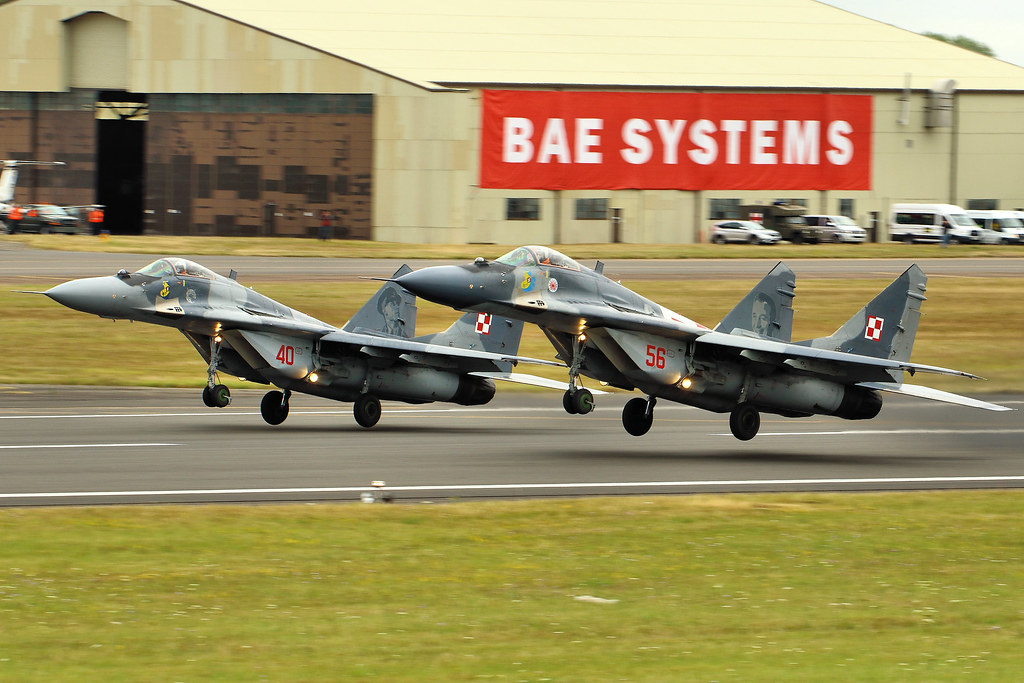
The MiG-41’s proposed capabilities, though impressive on paper, assume a level of technological advancement yet to be actualized.

Nevertheless, the MiG-41 continues to capture imaginations and stoke debates among military tech enthusiasts. Whether it emerges as a breakthrough in aviation technology or as an overambitious fantasy that fails to leave the drawing board, only time will tell.

Until then, the MiG-41 remains a captivating, if elusive, dream—a chase after a starfighter that could redefine the skies but might just as likely remain a figment of futuristic military aspirations.
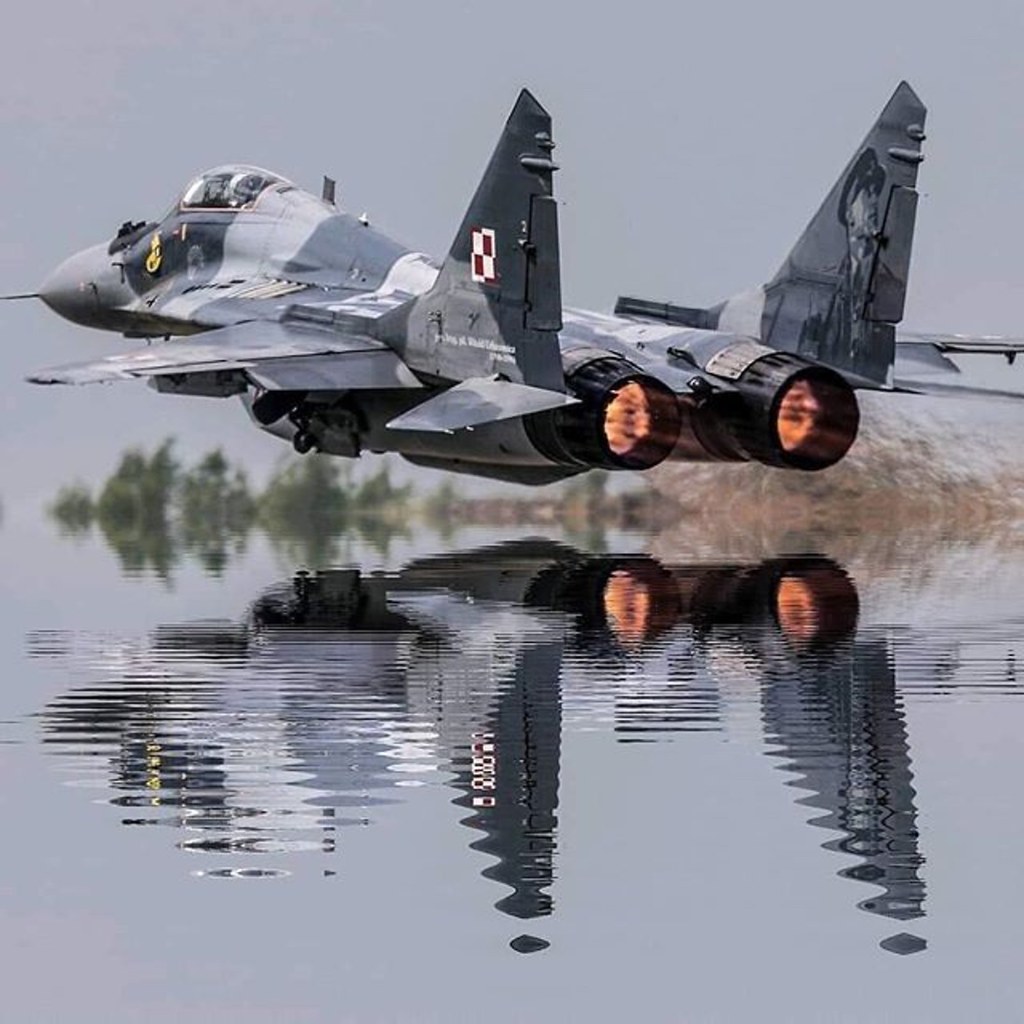
Relevant articles:
– Russia’s Mach 5 MiG-41 Fighter Could Fire Laser Weapons (Or Never Fly), The National Interest
– Russia Pushes ‘Aviation Boundaries’ With MiG-41 PAK DP 6th-Gen Fighters; Can It Really Fly By Early 2030s?, eurasiantimes.com
– Russia’s MiG-41 Fighter Nightmare Is Truly an Aviation Dumpster Fire, The National Interest
– MiG-41 – A new Mach 4+ fighter?, MiGFlug
